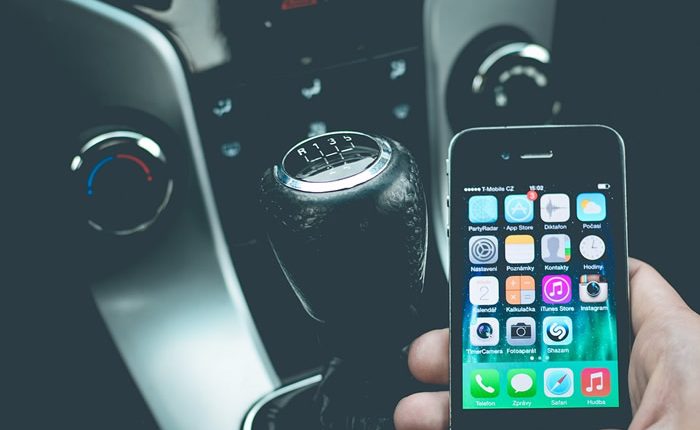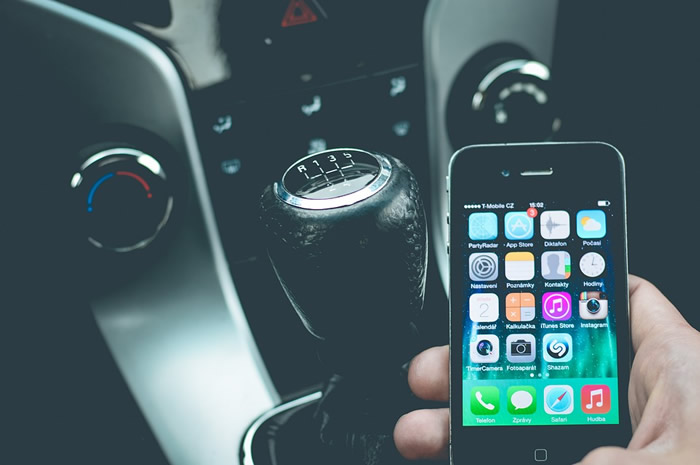Keeping your eyes on the road not your phone
A new idea from the government wants smartphone makers to lock out most apps when the phone is being used by someone who is driving a car.
The voluntary guidelines unveiled this week are designed to reduce crashes caused by drivers distracted by phones. The National Highway Traffic Safety Administration also wants automakers to make infotainment systems easy to pair with smartphones.
Drivers would still be able to make calls, but phones and automaker systems would lock out texting, internet browsing, text from books, photos and videos not relating to driving.
Navigation systems would be permitted, but with guidelines on how to avoid driver distraction.
Fatal crashes caused by distracted drivers are on the rise, and that’s contributing to a spike in traffic deaths during the past two years. The government says 3,477, or about ten percent, of the more than 35,000 traffic fatalities last year involved distracted drivers. That’s up 8.8% over 2014. Traffic deaths spiked 10.4% in the first six months of this year and rose 7.2% last year, after years of declines.
NHTSA Administrator Mark Rosekind said: “With driver distraction one of the factors behind the rise of traffic fatalities, we are committed to working with the industry to ensure that mobile devices are designed to keep drivers’ eyes where they belong —on the road.”
Automakers already are moving this direction, with many offering Apple CarPlay and Android Auto that pair smartphones to car touch screens and allow limited use of the phone apps.
NHTSA wants phone makers to develop technology that can determine if someone is driving a car and then disable most of the apps. But at present, that technology doesn’t exist. In its absence, the agency wants phones to have a ‘driver mode’ that would be activated by the smartphone user.
General Motors, for instance, has the Apple and Android pairing system in about 40 models worldwide. Already, it prevents use of many phone functions that could cause distraction, spokesman Vijay Iyer said.
The system won’t let drivers type a text message, but it does allow text by voice. He said: “The fundamental direction is to keep your hands on the wheel, eyes on the road and minimize distraction and offer up other means of interaction, primarily voice.”
NHTSA will take public comment for 60 days before deciding whether to put the guidelines in place. Unlike a federal government rule, auto and cellphone makers don’t have to obey the guidelines.
More information: Phys.org



Comments are closed, but trackbacks and pingbacks are open.